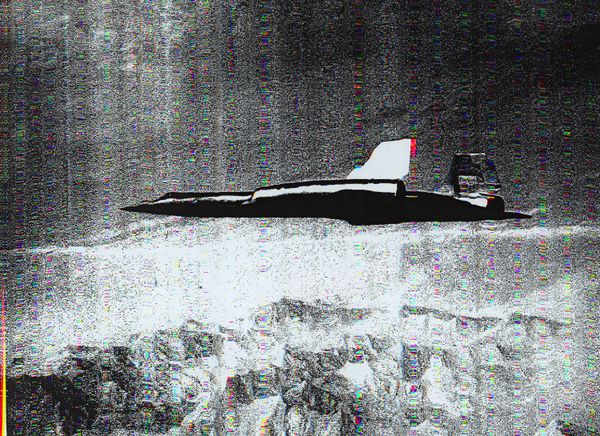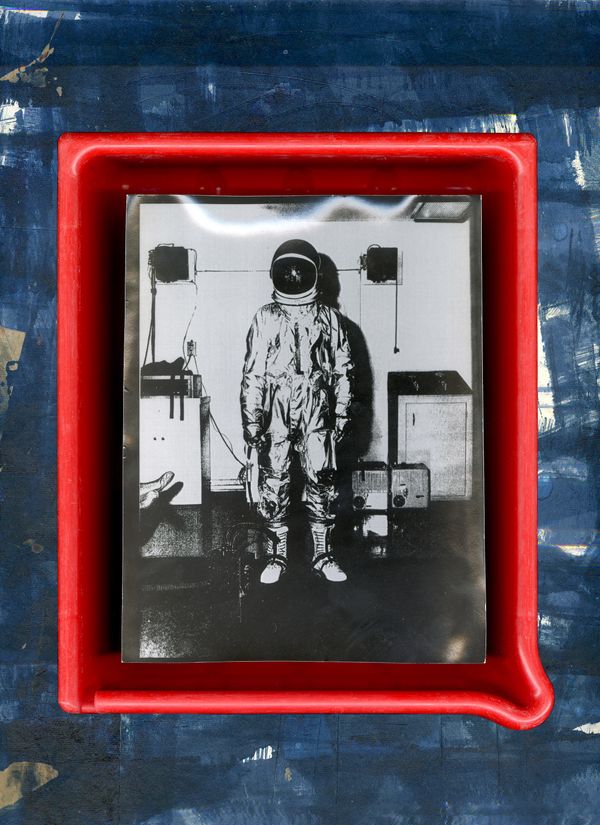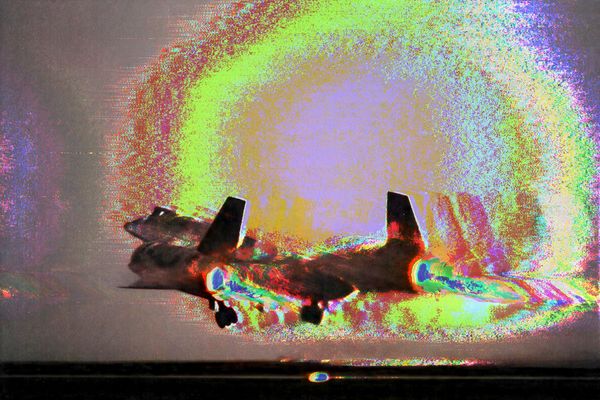Viewing Distance
-
Dates2019 - 2021
-
Author
- Topics Archive, Contemporary Issues, Fine Art, Photobooks, War & Conflicts
Photography’s technical and operational development in the twentieth century and into the twenty-first is inseparable from political conflict. This is the focus of my series, Viewing Distance, which grew out of many years of researching photography’s use as a tool of the military-industrial complex for surveillance, reconnaissance, and documentation of advanced technologies. I obtained the source material for this work by searching through the National Archives and filing Freedom of Information Act requests to intelligence agencies. The resulting body of work highlights interstices in the history of photography as well as the relationship between photography and the expansion of the US national security state.
The emergence of Soviet nuclear capabilities in 1949 was a cause of great alarm in the US, and the so-called bomber gap—the unfounded notion that the USSR had surpassed the US in its arsenal of bomber jets—was used to justify increased defense spending and the buildup of a bomber fleet by the US Air Force. By the early 1950s, President Eisenhower and national security officials believed that innovations in aerial photoreconnaissance were necessary to assess Soviet weapons capabilities. Aerial photography’s goal during the Cold War became capturing images of Warsaw Pact military installations while avoiding detection by Soviet radar systems. The results of this photographic desire were significant developments in camera systems as well as high-altitude and high-speed aircraft created from a partnership between government agencies, corporations, and academia. This expansion of photographic operations was the precursor to the satellite and drone imaging that have become essential to intelligence gathering and preservation of US global dominance.
The source images that make up the pictures in Viewing Distance provide a distorted and fragmented archival glimpse of photography in the service of US imperium. While many of the images date back to the mid-twentieth century, they have only recently been declassified and much information remains secret. These pictures represent the decades-long time delay from when knowledge comes into being and when it becomes publicly accessible. Viewing Distance combines photographs pertaining to Cold War developments in photographic technologies with contemporary documents and devices, connecting past and present with implications for the future. Processes including analog printing, digital collage, scanner manipulation, and data bending are used to animate the archival material as well as emphasize the tension between informational and enigmatic source images. Through these interventions, historical fragments are presented in a state of flux, open to alternate associations and implications. What we are allowed to know and see is often incomplete and indeterminate, encouraging critical speculation.














